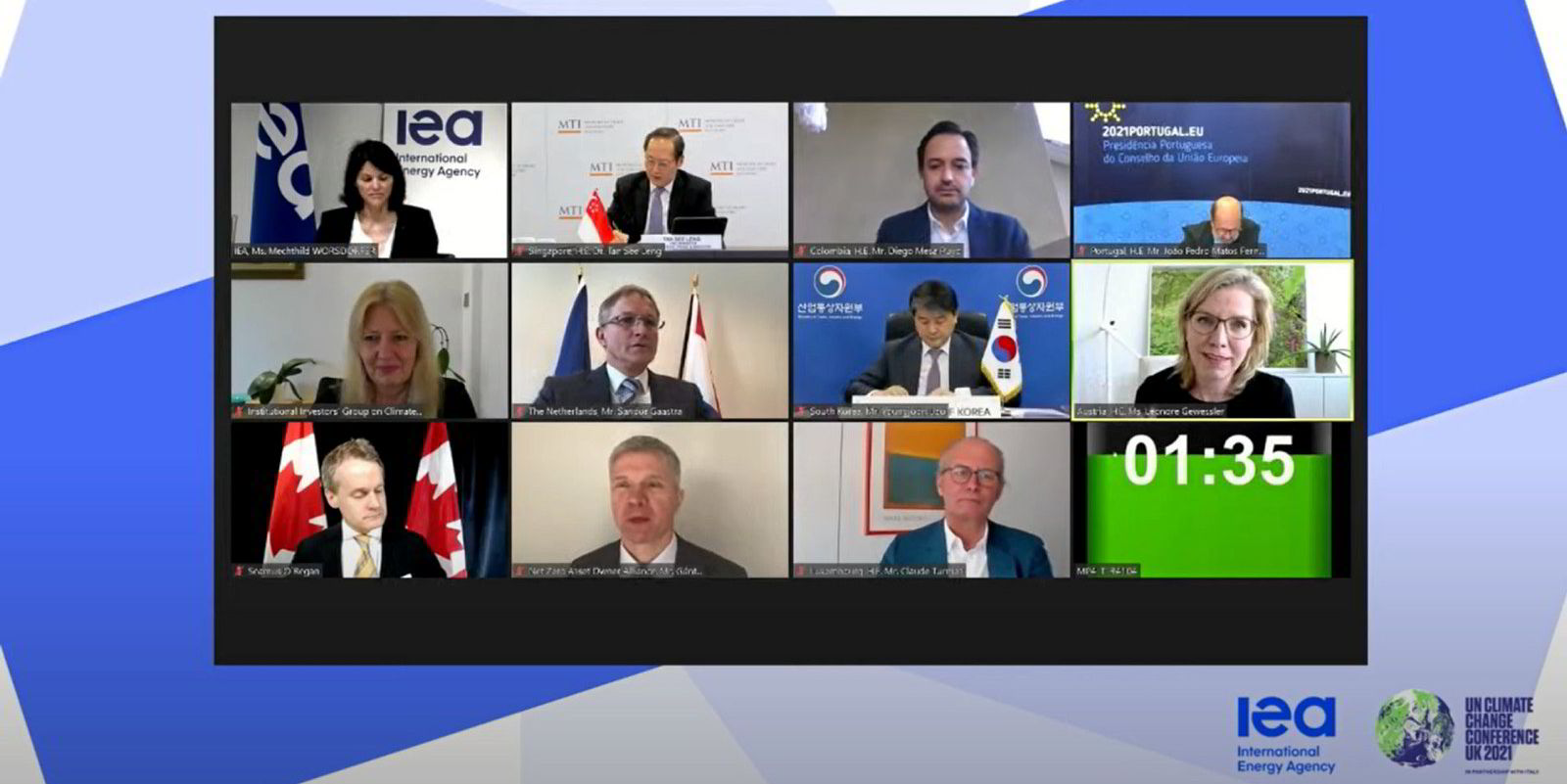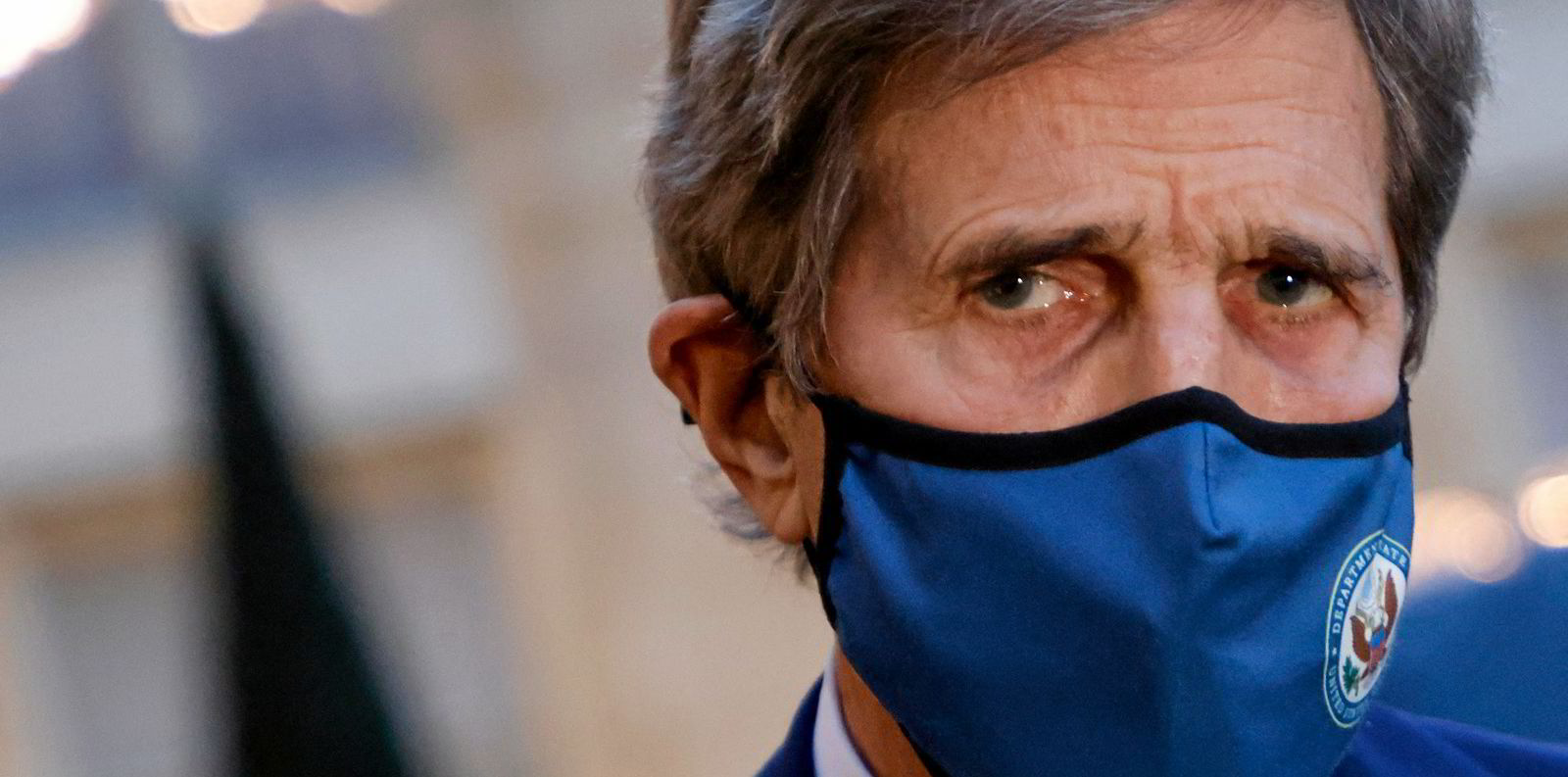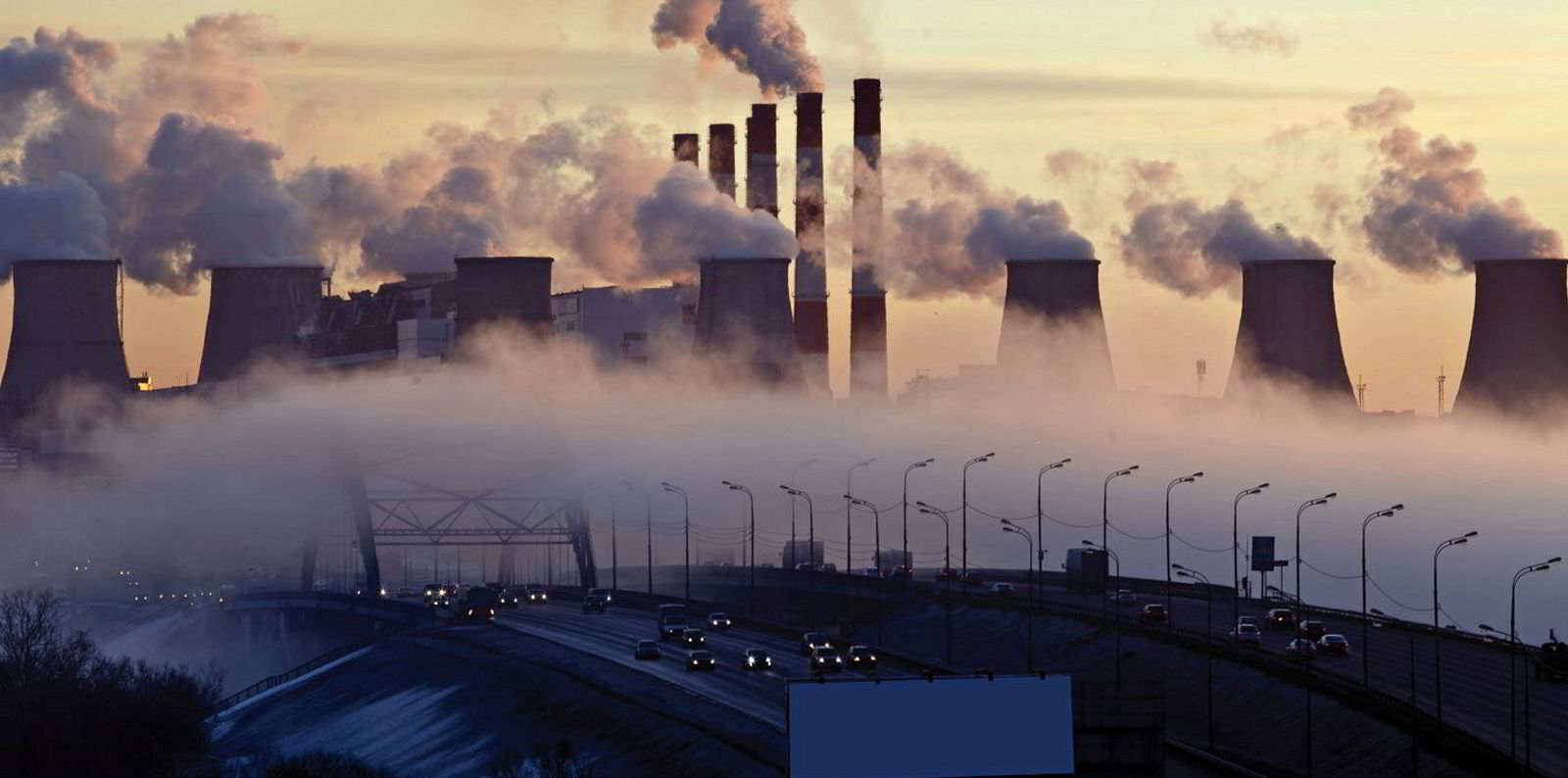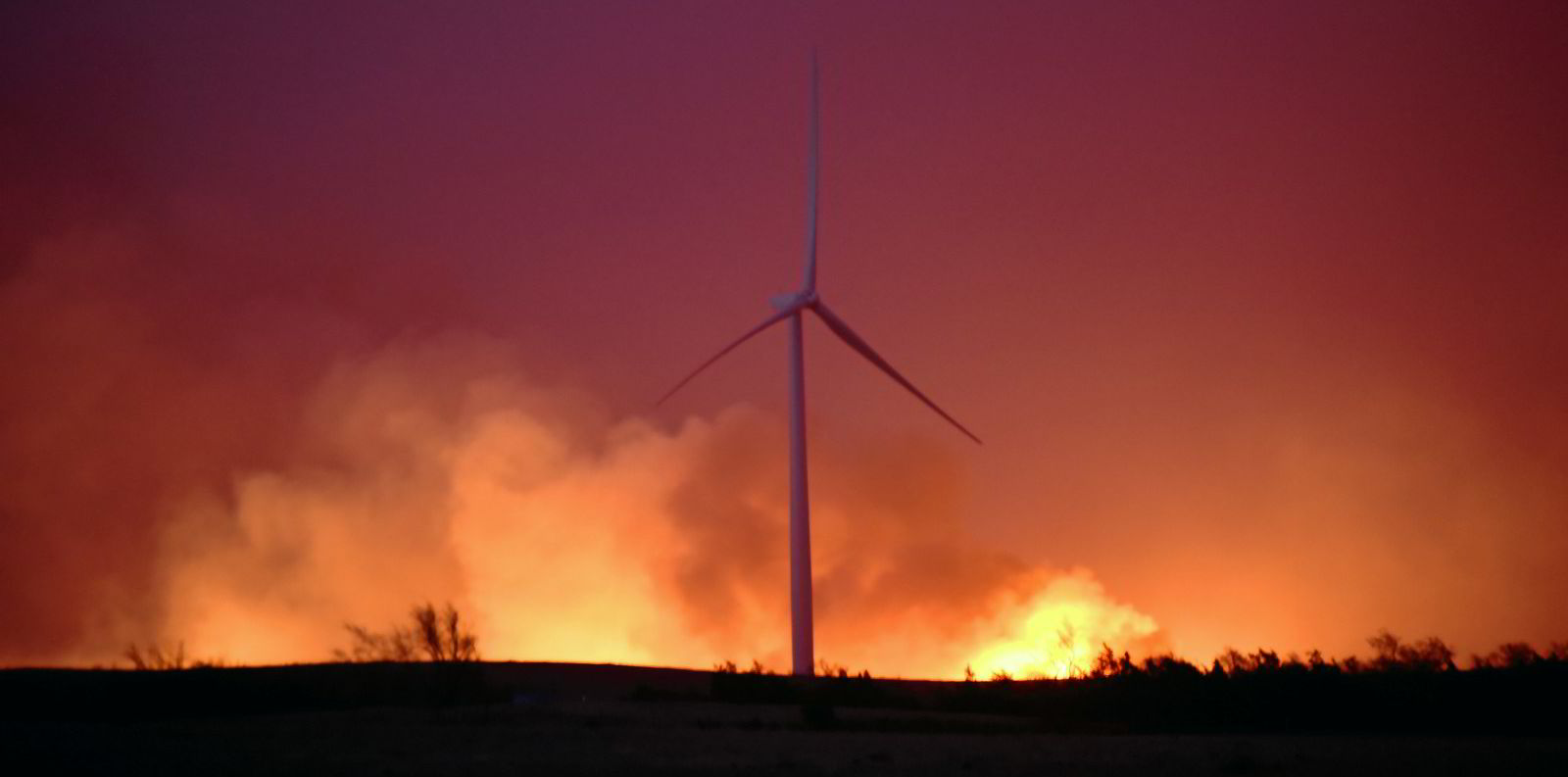Greenwashing must be eliminated, fossil gas and nuclear must not be labelled as green technologies, and long-term policy clarity will be essential in order to finance the energy transition and reach net-zero emissions by 2050, the International Energy Agency-COP26 Net Zero Summit was told on Wednesday.
“We know we are at the crossroads in [20]21 — the decisions we make today will decide if we deliver on the Paris Agreement or not, and we are the last generation of politicians who can deliver on the Paris Agreement,” Austrian energy and climate minister Leonore Gewessler told the event’s Mobilising Clean Energy Investment panel.
“We know the transition will not be for free. We know it will be even more expensive if we invest in the wrong things, if we choose not to act… As the challenge is big, as it won’t be for free, I think there’s one thing we cannot afford — that’s greenwashing.
“It’s crucial to avoid lock-in effects, [and] stranded investment, so we need clear and consistent frameworks that will be important to ensure the confidence and the transparency on the financial markets and thereby also reduce greenwashing.”
Defining what is or isn’t green energy — particularly inside the EU — will be key, she added, referring to fears that the European Commission will officially label fossil gas and nuclear power as sustainable energy solutions.
“I think it’s really key that we provide clear and scientifically sound basis for defining what’s a sustainable economic activity. It must not be open to greenwashing, it must also not be open to whether gas or nuclear can be defined as green in the taxonomy, no matter whether they replace coal or not.
“I think we really must make sure that we invest in renewables and efficiency as the most important alternatives.
Claude Turmes, energy minister of Luxembourg, a notable financial centre, agreed.
“EU taxonomy is very, very important… we had a good decision a year ago [in the European Commission’s Energy System Integration Strategy] where we were science-based, and now we risk to go from a science-based system to a lobby-based system where fossil energy comes back, nuclear would enter.
“The last thing [financial] analysts want is confusion. We need to be clear, so EU taxonomy should stay where it is, which is [energy] efficiency and renewables — and not open for fossil and nuclear.”
Government policy on clean-energy financing was also important, he added, explaining that Luxembourg’s decision to waive business tax on sustainable energy investments was already paying dividends for global investments
Green treasury bonds that are only open to sustainable investments — such as those released by the Dutch government, can also help guide investment towards a faster energy transition, the panel also heard, while government loan guarantees for clean-energy investments in emerging markets were also trumpeted.
“It’s indeed a challenge how to finance the energy transition both nationally and internationally, but it’s not impossible,” said the Netherlands’ “climate tsar” Sandor Gaastra, who is also director-general of the country’s Ministry of Economics. “For this, certain general principles are ‘no regrets’ — we need clear and very stable goals set by the government so the market can adapt at low cost.
“Secondly, we need a clear system to include CO2 in prices, such as the European emissions trading system, and if and where necessary, we need subsidy schemes coming from governments to erase unprofitable top margins in key sustainable energy projects.”
The panel, which also included energy ministers from Colombia, Portugal, South Korea and Singapore, also heard that not only are net-zero targets needed for 2050, but that detailed interim goals for 2030 would also be hugely beneficial.
“Investment is not yet flowing into clean energy at the scale needed to achieve a global transition to net zero by 2050,” said Stephanie Pfeifer, chief executive of the London-based Institutional Investors Group on Climate Change. “So how do we connect the dots and what is the investment opportunity needed that can turn this into a reality?
“At first, we need to see a clear direction of travel. Investors encourage governments to commit to net zero emissions by 2050, but also to set up clear pathways to achieve these. This includes ambitious interim emission-reduction targets, sectoral decarbonisation roadmaps that set out the timetable for sector transition milestones and expectations on technology and infrastructure development.
“Second is filling in the domestic policy details to achieving those targets and providing strong price and regulatory signals. This would include incentives and support for clean technologies, vehicle standards, business codes, where relevant carbon pricing instruments, and sustainable finance regulation.”
Canadian minister of natural resources Seamus O’Regan concluded the session by highlighting the important role of government in mobilising finance, pointing in particular to the promise of green bonds, carbon pricing instruments and green taxonomy.
If policies and regulations are not set up correctly, “the market won’t respond in the ways that we need it to”, he said.
“We must work with the private sector to understand the risks that they’re facing and to work on innovative ways to overcome them.”







